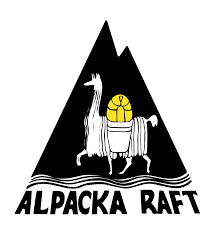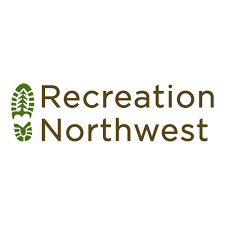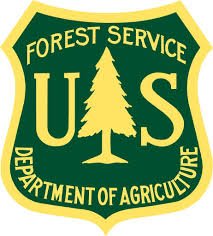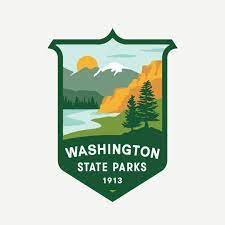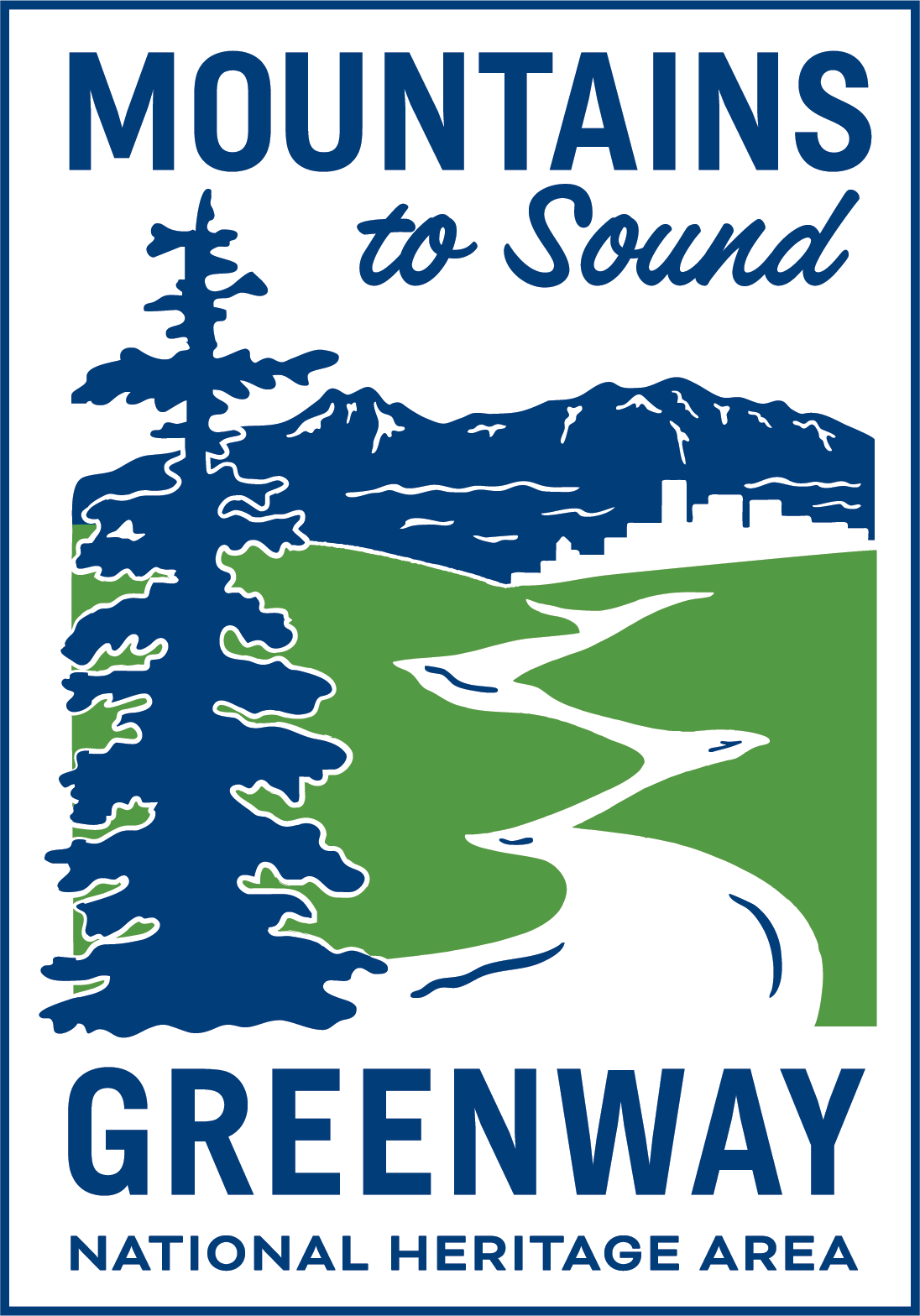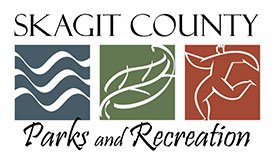Scouting Rivers in Winter
During the winter, while we enjoy spending time in the mountains skiing and other recreational endeavors just like many of our guests, we always keep an eye on the season that is always approaching, and take into account that winter mountain conditions are the biggest indicator of summer whitewater river rafting conditions to come. Our guides are often seen scouting rivers in December and January; it seems that most passersby that see them at the river are shocked that we would be out when it's so cold, but in our view the only way to really get to know the river is to see it during all of it's phases of seasonality.
Our system at Triad River Tours regarding river research is one that acknowledges the seasonality of nature, and thus the dynamism and changeability of our river systems. As a result of continual change in the rivers, we advocate for our guides to spend as much time as possible on one particular river. In the same line of thinking we want our newer, less experienced guides, to spend their entire first season guiding on the same river; that is to say that we want them to be exposed to all of our river systems in a training capacity, but as far as professional guiding we believe it best to take a step by step approach.
Many of our guides prefer this time to continually foster their relationship with the river, its rapids, and changing conditions.
During winter the rivers are cold, often choked with ice, and at times impassable. This isn’t a time that is safe for our guests, but many of our guides prefer this time to continually foster their relationship with the river, its rapids, and changing conditions. The summer is a time of exuberance on the river, and while the winter is more subdued, it really is when the river is resting and preparing for another wild and rambunctious display of whitewater during the summer. We believe that because rivers are adaptable, and change with the seasons, that if we are to understand the river entirely and be able to accurately describe it’s features, that we need to develop a relationship with it outside of our busy summer season.
The coastal rivers of Washington are more dynamic, technical, and changeable than most whitewater rivers in the USA. The guides in Washington are thus required to have an added sense of awareness relevant to such changing rivers. Our rivers were formed from volcanic activity, some of which has altered the rivers significantly during the past hundred years. Volcanos like Mount Rainier, Mount Baker, and Glacier Peak, have all been influential in the development of our coastal rivers. Glacier Peak, for example, is over 10,000 feet high, and while it is one of the more hidden Cascade mountains as far as views, it is one of the more active as far as river systems. Within the last 1000 years the Sauk and Suiattle Rivers have changed entirely as a result of volcanic activity from Glacier Peak.
Higher elevation snowfall is another factor in summer whitewater river rafting quality. While we aren’t always aware of it while the sun is shining, the water below us was once ice just a few months earlier. Mountain passes and peaks get packed full of snow, and during the winter months some of our staff prefer to travel on these peaks, skiing, snowshoeing, and backpacking on the frozen water that they will be running in rafts in months to come. This kind of activity is not only encouraged at Triad River Tours, it’s a part of our hiring process; we are always looking to hire more guides from the rescue/medical/outdoor recreation industry. Rather than have a guide who works only in the summer and is separated from nature for much of the rest of the year, our guides are often the ones seen at trailheads in the fall, winter, and spring. Because developing relationships with nature, and sharing our relationships with the rivers we run with our guests is our business, it’s invaluable to invest our time in learning more and having experiences with our rivers and wild natural lands.
In the video below, Triad River Tours tests Boulder Drop of the Skykomish River during winter. River levels of the fall rainy season typically emulate early spring, while winter conditions bring river levels that are often similar to late summer. Utilizing these seasonal changes gives our guides staff an opportunity to train and analyze river routes and protocol/rescue procedures without the concern of guest safety; a prime time for us to improve our whitewater rescue systems, and have candid discussions among guides about the best possible routes through rapids, without added distraction.




